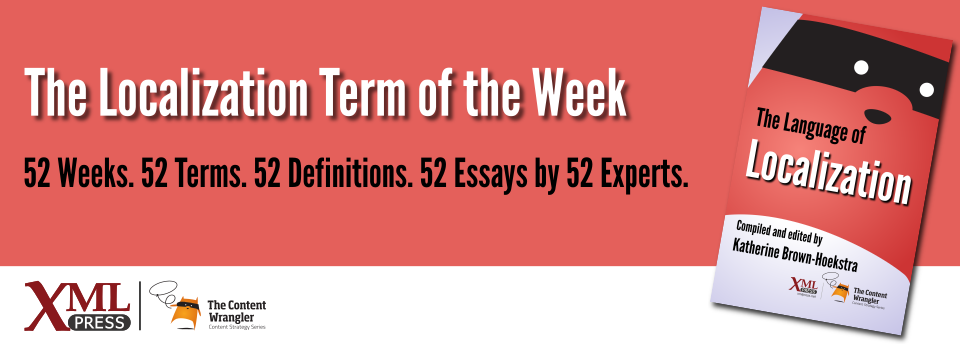What is it?
The use of more than one language in communication.
Why is it important?
Without multilingualism, there would no localization. In a world where products and services are sold globally, companies must translate and adapt their messages in a way that is locally understood if they want to succeed in the global market.
Why does a technical communicator need to know this?
Multilingual speakers significantly outnumber monolingual speakers in the world’s population[Grosjean 2010]. As an example, more than half of Europeans speak more than one language, and although English is considered as the most commonly used language in international communication, it ranks lower than Spanish and Chinese as the most spoken language[Noack 2015].
Therefore, companies must always consider using more than one language when communicating with an international audience. Companies must also ensure that they communicate in a way that is understandable for everyone, regardless of technical, cultural, or language background. Lack of clarity can cause misunderstandings, with sometimes dangerous consequences. And mistakes are easily made, considering that some words can have hundreds of different definitions.
For technical documentation, many countries and regions require content to be translated into the local language, which means that companies must ensure that the original meaning translates correctly while weighing the cost of that translation and the potential value of a particular market.
Standardizing the source language can facilitate translation and help to ensure consistency. Specifications, such as Simplified Technical English (STE)[STE], can help remove ambiguity from the source content, making it easier to translate. However, this brings up another challenge because not all authors are native English speakers, and some might be less familiar with some of the nuances of meaning. These authors need a good command of English to write in STE, but with training they can be successful.
References
- [Noack 2015] World’s Languages, in 7 Maps and Charts: Noack, Rick and Lazaro Gamio (2015). Washington Post article about language diversity, with charts showing number of speakers in each language, most commonly spoken languages, etc.
- [Ethnologue] Ethnologue: Reference materials on language-related statistics. Used by many localization professionals.
- [Grosjean 2010] Bilingualism’s Best Kept Secret: Grosjean, François (2010). Discusses the percentage of the world’s population that is bilingual (more than half), and some of the drivers for learning a language.
- [STE] ASD-STE100 Simplified Technical English Specification: One of the most commonly used specifications for implementing controlled language processes in English.

